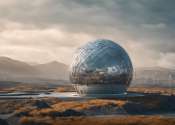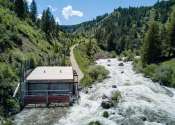Lab successfully tests heat-powered system that could be used to monitor carbon sequestration efforts
Capturing carbon dioxide and pumping it deep underground could be an important part of mitigating the effects of climate change. However, ensuring the carbon dioxide stays trapped away from the atmosphere, where it serves ...
Aug 22, 2023
0
32









